Home>Home Appliances>Cleaning Appliances>How To Use A Steam Mop On Hardwood Floor
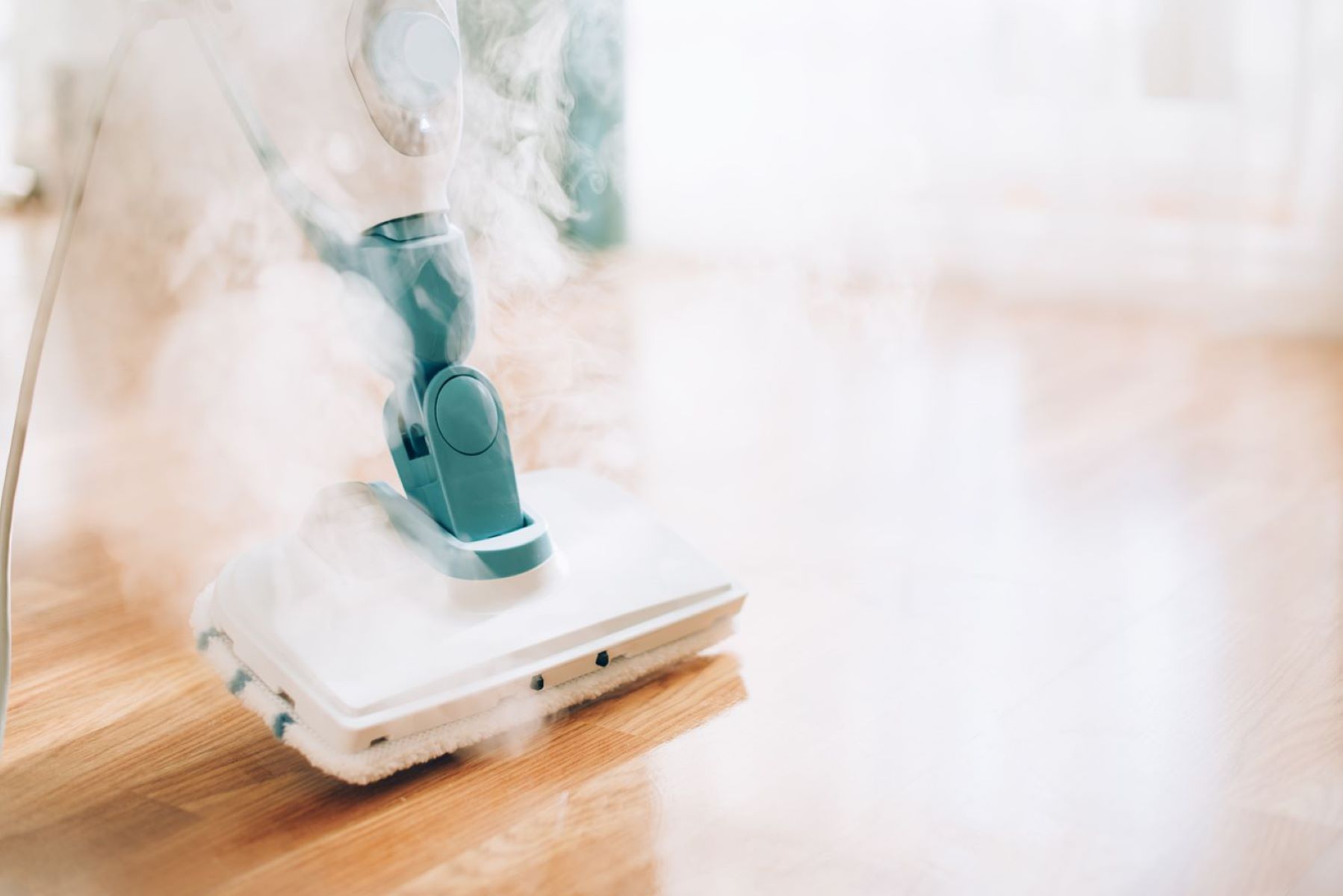

Cleaning Appliances
How To Use A Steam Mop On Hardwood Floor
Modified: April 22, 2024
Learn how to effectively clean your hardwood floors with a steam mop. Discover the best practices for using cleaning appliances and maintaining the natural beauty of your flooring.
(Many of the links in this article redirect to a specific reviewed product. Your purchase of these products through affiliate links helps to generate commission for Storables.com, at no extra cost. Learn more)
Introduction
Welcome to the world of deep cleaning with steam mops! If you're a proud owner of hardwood floors, you understand the unique beauty and warmth they bring to your home. However, maintaining their luster and cleanliness can sometimes be a daunting task. Fear not, for the steam mop is here to revolutionize the way you clean your hardwood floors.
In this comprehensive guide, we will delve into the art of using a steam mop on hardwood floors, ensuring that you not only achieve sparkling cleanliness but also safeguard the integrity of your beloved flooring. By the end of this journey, you'll be equipped with the knowledge and confidence to wield your steam mop like a seasoned pro, leaving your hardwood floors gleaming and sanitized.
So, let's embark on this adventure together and unlock the secrets of harnessing the power of steam to elevate the cleanliness and allure of your hardwood floors. Whether you're a cleaning aficionado seeking new techniques or a novice eager to learn, this guide is tailored to cater to your needs.
Are you ready to transform the way you clean your hardwood floors? Let's dive in and discover the wonders of using a steam mop to achieve spotless, sanitized, and lustrous hardwood floors.
Key Takeaways:
- Steam mops are a great way to clean hardwood floors, but it’s important to prepare the floor first by clearing debris and addressing spills. Using distilled water and gentle cleaning pads can help maintain the floor’s integrity.
- Regular maintenance and gentle cleaning solutions are essential for preserving the beauty of hardwood floors. Preventive measures, such as using protective pads under furniture legs, can help minimize the risk of damage and ensure the floors remain timeless and captivating.
Understanding Your Steam Mop
Before delving into the specifics of using a steam mop on hardwood floors, it’s essential to grasp the fundamental workings of this innovative cleaning tool. A steam mop is a versatile appliance designed to harness the power of steam to effectively sanitize and refresh various types of flooring, including hardwood.
At the core of a steam mop lies a water reservoir, which, when heated, produces steam. This steam is then dispensed onto the cleaning pad or directly onto the floor, depending on the design of the mop. The heat and moisture from the steam work in tandem to dislodge grime, dissolve stains, and eliminate bacteria and germs, all without the need for harsh chemicals.
When selecting a steam mop for your hardwood floors, it’s crucial to opt for a model specifically engineered for use on sealed hardwood. These specialized steam mops are adept at delivering the perfect balance of steam and gentle agitation to cleanse hardwood surfaces without causing damage.
Furthermore, understanding the nuances of your steam mop’s features is paramount. Some models offer adjustable steam settings, enabling you to tailor the steam output to suit the level of cleaning required. Additionally, the type of cleaning pad utilized, whether reusable or disposable, can impact the overall performance and maintenance of the steam mop.
By comprehending the inner workings and capabilities of your steam mop, you can harness its full potential to achieve exceptional cleanliness and sanitation on your hardwood floors. With this knowledge in hand, you’re primed to embark on a journey of transformative cleaning prowess, elevating the allure of your hardwood floors with the power of steam.
Preparing Your Hardwood Floor
Before commencing the steam mopping process, it’s imperative to prepare your hardwood floor adequately. This preparatory phase sets the stage for a thorough and effective cleaning session, ensuring optimal results while safeguarding the integrity of your flooring.
Clear the Surface: Begin by removing any obstacles and debris from the hardwood floor. This includes small furniture, rugs, and any other items that could impede the movement of the steam mop or hinder access to specific areas of the floor.
Sweep or Vacuum: Next, thoroughly sweep or vacuum the hardwood floor to eliminate loose dirt, dust, and debris. This initial step prevents the steam mop from spreading grime around and facilitates a more focused and efficient cleaning process.
Address Spills and Stains: Take the time to address any spills or stains on the hardwood floor before using the steam mop. Blot up liquid spills and gently tend to stains using appropriate hardwood floor cleaners or remedies recommended by the floor’s manufacturer. By addressing these localized issues beforehand, you prevent the spread of grime and ensure a more uniform cleaning outcome.
Check for Floor Damage: Prior to steam mopping, inspect the hardwood floor for any signs of damage, such as cracks, gaps, or warping. It’s crucial to rectify these issues before using a steam mop, as the moisture from the steam could exacerbate existing damage. Consult a professional if you identify any concerning issues that require expert attention.
Humidity Levels: Assess the humidity levels in the cleaning area. Hardwood floors are sensitive to excessive moisture, so it’s important to ensure that the room is adequately ventilated and that the humidity levels are within the recommended range for hardwood floor maintenance.
By diligently preparing your hardwood floor for steam mopping, you lay the groundwork for a successful cleaning endeavor. This proactive approach not only enhances the efficacy of the steam mopping process but also safeguards the longevity and beauty of your hardwood floors, ensuring they remain a stunning focal point in your home for years to come.
Using the Steam Mop on Hardwood Floors
Now that your hardwood floor is primed and ready, it’s time to unleash the cleaning prowess of the steam mop. By following these essential steps, you can harness the full potential of your steam mop to achieve pristine cleanliness and sanitation on your beloved hardwood floors.
Fill the Reservoir: Begin by filling the water reservoir of the steam mop with distilled or demineralized water, as recommended by the manufacturer. Avoid using tap water, as it may contain minerals that can leave residue or damage the internal components of the steam mop.
Attach the Cleaning Pad: Depending on the design of your steam mop, attach the appropriate cleaning pad. For hardwood floors, it’s advisable to use a pad specifically designed for delicate surfaces to prevent scratches or damage. Ensure that the pad is securely fastened to the mop head before proceeding.
Power On and Select Steam Settings: Power on the steam mop and select the appropriate steam setting based on the level of cleaning required and the recommendations provided in the user manual. For sealed hardwood floors, a moderate steam setting is typically sufficient to achieve effective cleaning without exposing the floor to excessive moisture.
Begin Mopping: With the steam mop ready for action, start mopping the hardwood floor in manageable sections. Move the mop in a steady, controlled manner, allowing the steam and cleaning pad to work in unison to dislodge grime, dissolve stains, and sanitize the surface. Avoid lingering in one spot for an extended period to prevent the accumulation of excess moisture.
Address Stubborn Stains: For stubborn stains or localized grime, you may opt to hold the steam mop over the affected area for a few extra seconds to intensify the cleaning power. Exercise caution and avoid excessive steam exposure, especially on vulnerable areas of the hardwood floor.
Allow Drying Time: Once the steam mopping process is complete, allow the hardwood floor to dry thoroughly before reintroducing furniture or rugs. The residual heat and airflow from the steam mop aid in expediting the drying process, leaving your floors gleaming and ready to reclaim their position as the focal point of your living space.
By following these steps, you can wield your steam mop with confidence, knowing that you are effectively cleansing and revitalizing your hardwood floors without compromising their integrity. The power of steam, when harnessed with care and precision, can elevate the cleanliness and allure of your hardwood floors, creating an inviting and immaculate environment for you and your loved ones.
Always ensure that your hardwood floor is sealed before using a steam mop. Use distilled water to prevent mineral buildup and avoid leaving the steam mop in one spot for too long to prevent damage to the wood.
Tips for Effective Cleaning
Enhancing the efficacy of steam mopping on hardwood floors involves incorporating a few strategic tips and techniques into your cleaning routine. By implementing these insights, you can elevate the results of your cleaning endeavors while preserving the beauty and longevity of your hardwood floors.
- Regular Maintenance: Implement a regular cleaning schedule to prevent the accumulation of dirt and grime on your hardwood floors. Consistent maintenance not only sustains the cleanliness of the floors but also minimizes the effort required during each steam mopping session.
- Use Distilled Water: When filling the water reservoir of your steam mop, opt for distilled or demineralized water to prevent mineral deposits from affecting the performance of the mop or leaving residue on the hardwood floor.
- Test in a Discreet Area: Before embarking on a comprehensive steam mopping session, test the steam mop in a discreet area of the hardwood floor to ensure that it does not cause any adverse effects. This precautionary step allows you to verify the compatibility of the steam mop with the specific type of hardwood flooring.
- Replace Cleaning Pads Regularly: If you’re using reusable cleaning pads, adhere to the manufacturer’s guidelines regarding pad replacement. Worn-out pads can diminish the effectiveness of the steam mop and may inadvertently cause damage to the hardwood floor.
- Minimize Excess Moisture: Exercise restraint in the application of steam, especially in areas prone to moisture sensitivity, such as near seams and gaps in the hardwood floor. Minimizing excess moisture helps preserve the integrity of the wood and prevents potential damage.
- Utilize Gentle Cleaning Solutions: For particularly stubborn or localized stains, consider using specialized hardwood floor cleaning solutions in conjunction with the steam mop. Ensure that the chosen cleaning solution is compatible with the specific type of hardwood flooring.
- Adequate Drying Time: Allow the hardwood floor to dry completely after steam mopping. Adequate drying time prevents moisture from lingering on the surface, mitigating the risk of water damage and ensuring a pristine, streak-free finish.
- Regular Inspection: Periodically inspect the condition of your hardwood floors to identify any signs of wear, damage, or areas requiring targeted cleaning. Prompt attention to these aspects contributes to the overall maintenance and longevity of your hardwood flooring.
By integrating these tips into your cleaning routine, you can optimize the effectiveness of steam mopping on your hardwood floors, preserving their natural beauty and enhancing the cleanliness of your living space. With a blend of diligence, care, and strategic cleaning practices, your hardwood floors will continue to exude timeless elegance and charm for years to come.
Read more: How To Use Norwex Mop On Hardwood Floors
Maintenance and Care
Ensuring the longevity and pristine condition of your hardwood floors goes beyond the act of cleaning; it encompasses ongoing maintenance and attentive care. By adopting a proactive approach to maintenance and implementing targeted care practices, you can safeguard the beauty and integrity of your hardwood floors for generations to come.
Preventive Measures: Implement preventive measures to minimize the risk of damage to your hardwood floors. This includes placing protective pads under furniture legs to prevent scratches, using rugs or mats in high-traffic areas to reduce wear, and promptly addressing spills to prevent moisture seepage into the wood.
Regular Inspection: Conduct regular inspections of your hardwood floors to identify any signs of wear, damage, or areas requiring attention. Promptly addressing issues such as scratches, gaps, or worn sealant can prevent them from escalating into more significant concerns.
Recoating and Refinishing: Depending on the wear and tear endured by your hardwood floors, periodic recoating or refinishing may be necessary to restore their luster and protect the wood. Consult with flooring professionals to determine the appropriate timing and methods for recoating or refinishing based on the specific needs of your hardwood floors.
Humidity Control: Maintain optimal humidity levels in the environment where the hardwood floors are installed. Fluctuations in humidity can lead to expansion and contraction of the wood, potentially causing damage over time. Utilize humidifiers or dehumidifiers as needed to regulate indoor humidity levels.
Gentle Cleaning Solutions: When opting for supplementary cleaning solutions to complement steam mopping, ensure that they are formulated specifically for use on hardwood floors. Harsh or abrasive cleaners can compromise the finish and integrity of the wood, leading to diminished aesthetics and potential damage.
Professional Maintenance: Engage the services of professional floor maintenance experts for periodic deep cleaning, maintenance, and assessments. Professional intervention can address intricate cleaning needs and provide specialized care to prolong the life and allure of your hardwood floors.
Protective Measures During Activities: Exercise caution during activities that could potentially impact the hardwood floors, such as moving heavy furniture or engaging in activities that may result in scratches or dents. Employ protective measures, such as furniture glides or pads, to mitigate the risk of damage.
By integrating these maintenance and care practices into your hardwood floor care regimen, you can fortify the resilience and allure of your floors, ensuring that they remain a timeless and captivating feature of your living space. With a blend of preventive measures, attentive care, and professional intervention when needed, your hardwood floors will continue to exude elegance and charm, enriching your home for years to come.
Conclusion
Congratulations on embarking on a transformative journey toward mastering the art of using a steam mop on hardwood floors. Through this comprehensive guide, you have gained invaluable insights into the nuances of steam mopping, empowering you to elevate the cleanliness, sanitation, and allure of your hardwood floors with confidence and precision.
By understanding the inner workings of your steam mop and comprehensively preparing your hardwood floor for cleaning, you have laid a solid foundation for achieving exceptional results. The meticulous approach to using the steam mop, combined with strategic tips for effective cleaning, ensures that your hardwood floors receive the care and attention they deserve, resulting in a pristine and inviting living environment.
Furthermore, by embracing maintenance and care practices tailored to the unique needs of hardwood floors, you have positioned yourself as a steward of timeless elegance and durability. Your proactive approach to maintenance, coupled with an understanding of the preventive measures and professional care required, will safeguard the enduring beauty and integrity of your hardwood floors for years to come.
As you venture forth with the knowledge and techniques gleaned from this guide, remember that the act of cleaning your hardwood floors transcends mere maintenance; it is an expression of reverence for the timeless allure and natural splendor of hardwood. With each sweep of the steam mop, you are not only cleansing the surface but also preserving a legacy of elegance and charm that enriches your home.
So, go forth with confidence, armed with the wisdom to wield your steam mop with finesse and the commitment to nurture the enduring beauty of your hardwood floors. As you do so, may your living space resonate with the timeless allure and warmth that only hardwood floors can bestow, creating an ambiance that captivates and welcomes all who tread upon it.
Frequently Asked Questions about How To Use A Steam Mop On Hardwood Floor
Was this page helpful?
At Storables.com, we guarantee accurate and reliable information. Our content, validated by Expert Board Contributors, is crafted following stringent Editorial Policies. We're committed to providing you with well-researched, expert-backed insights for all your informational needs.
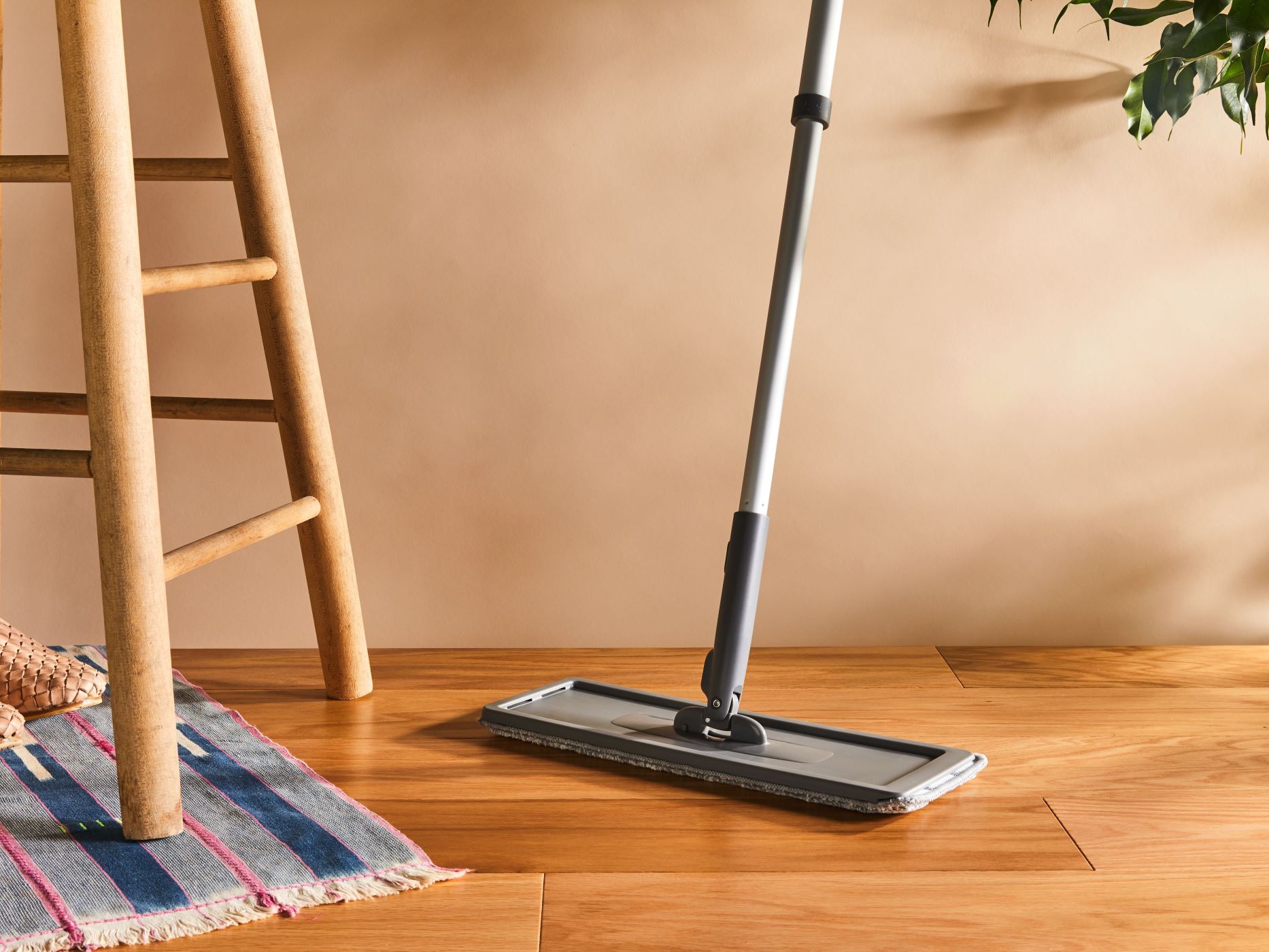
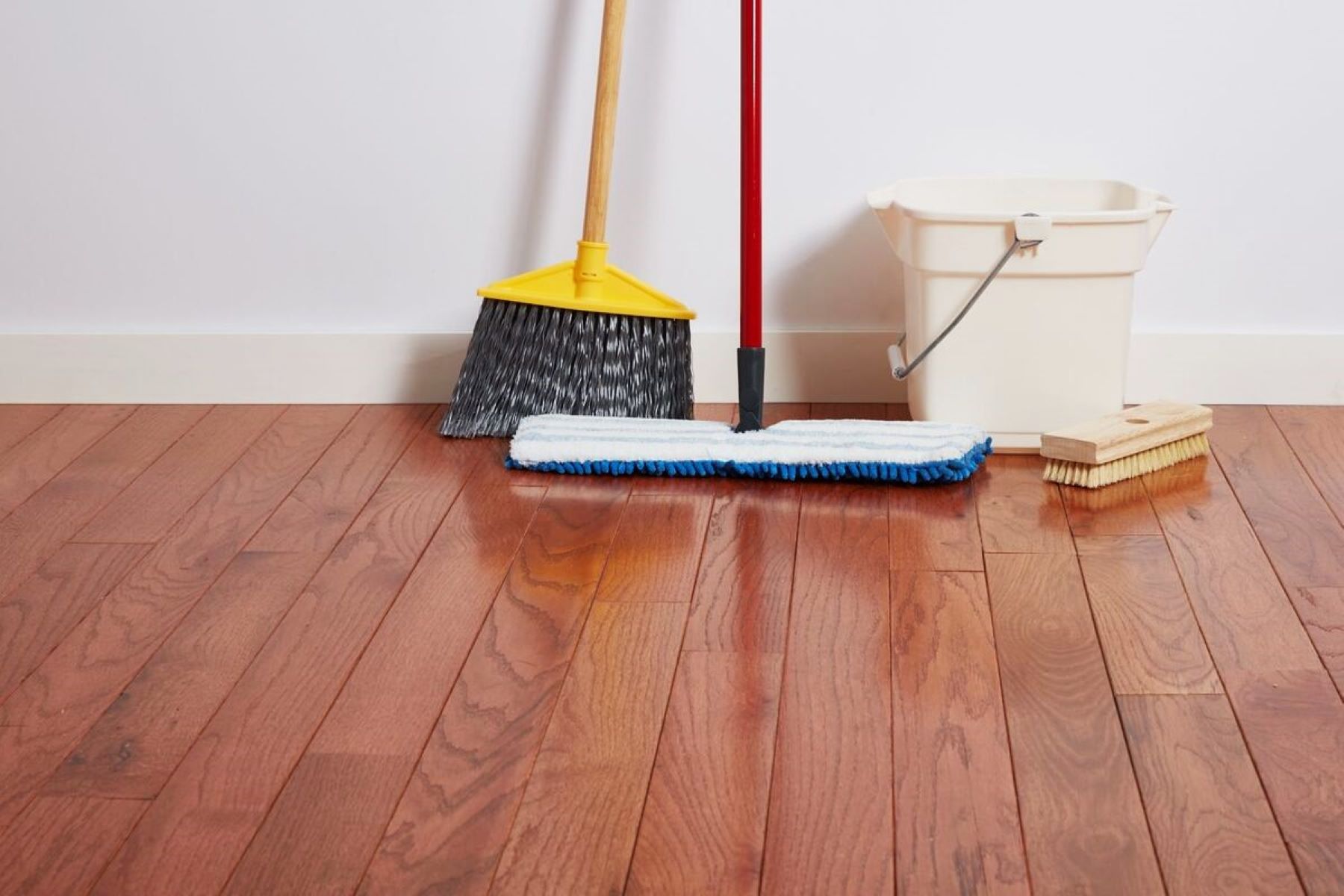
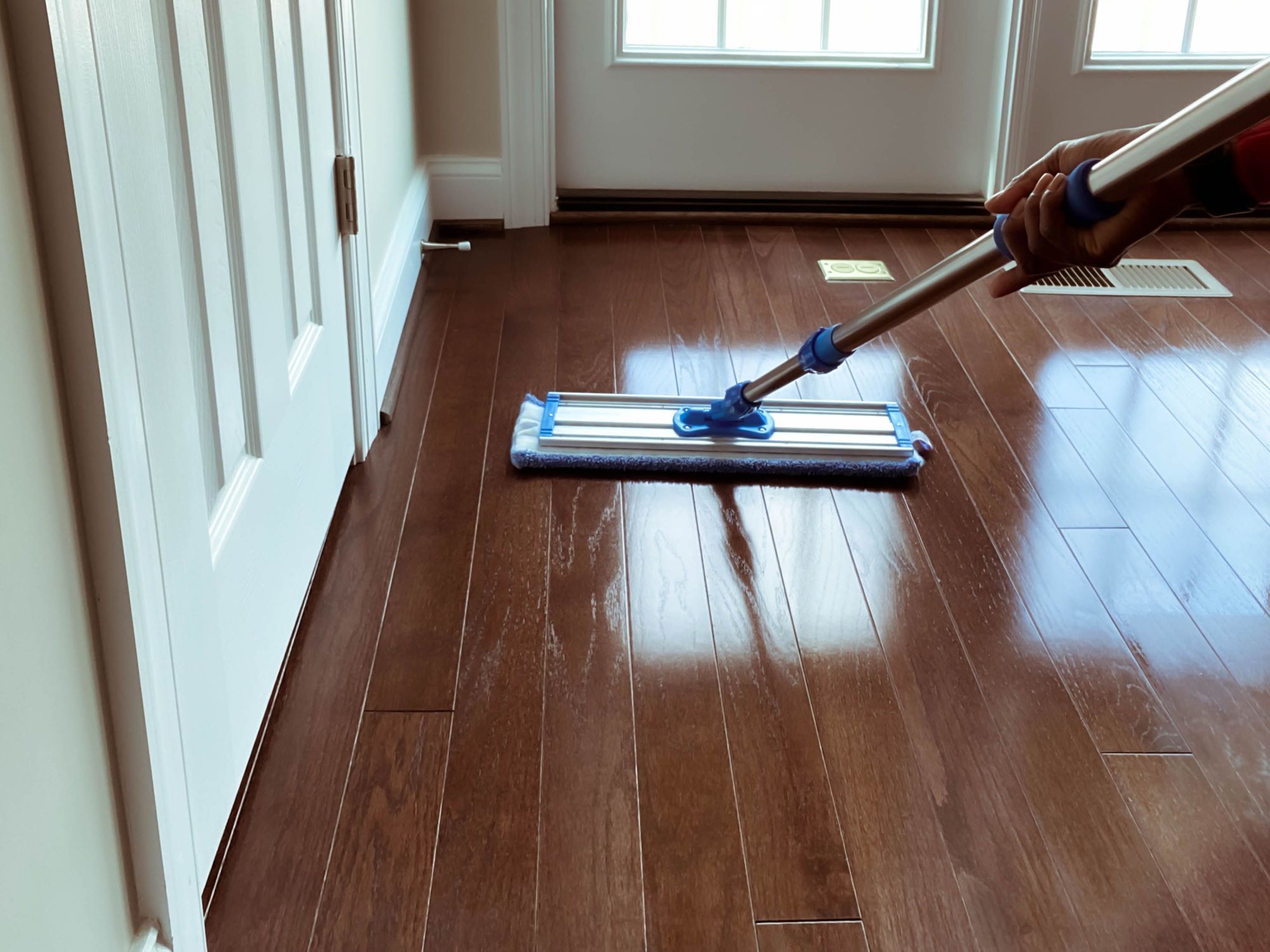
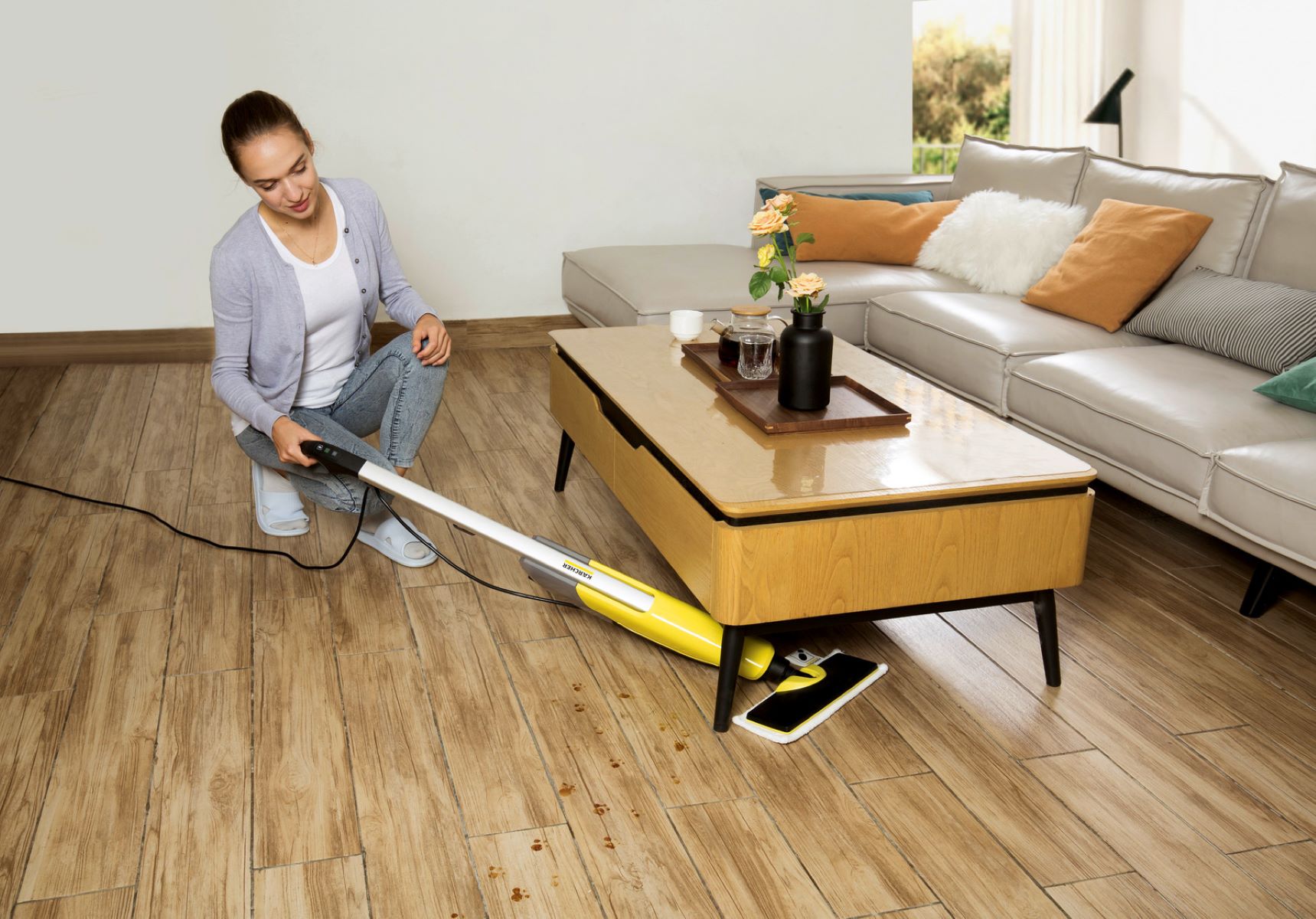
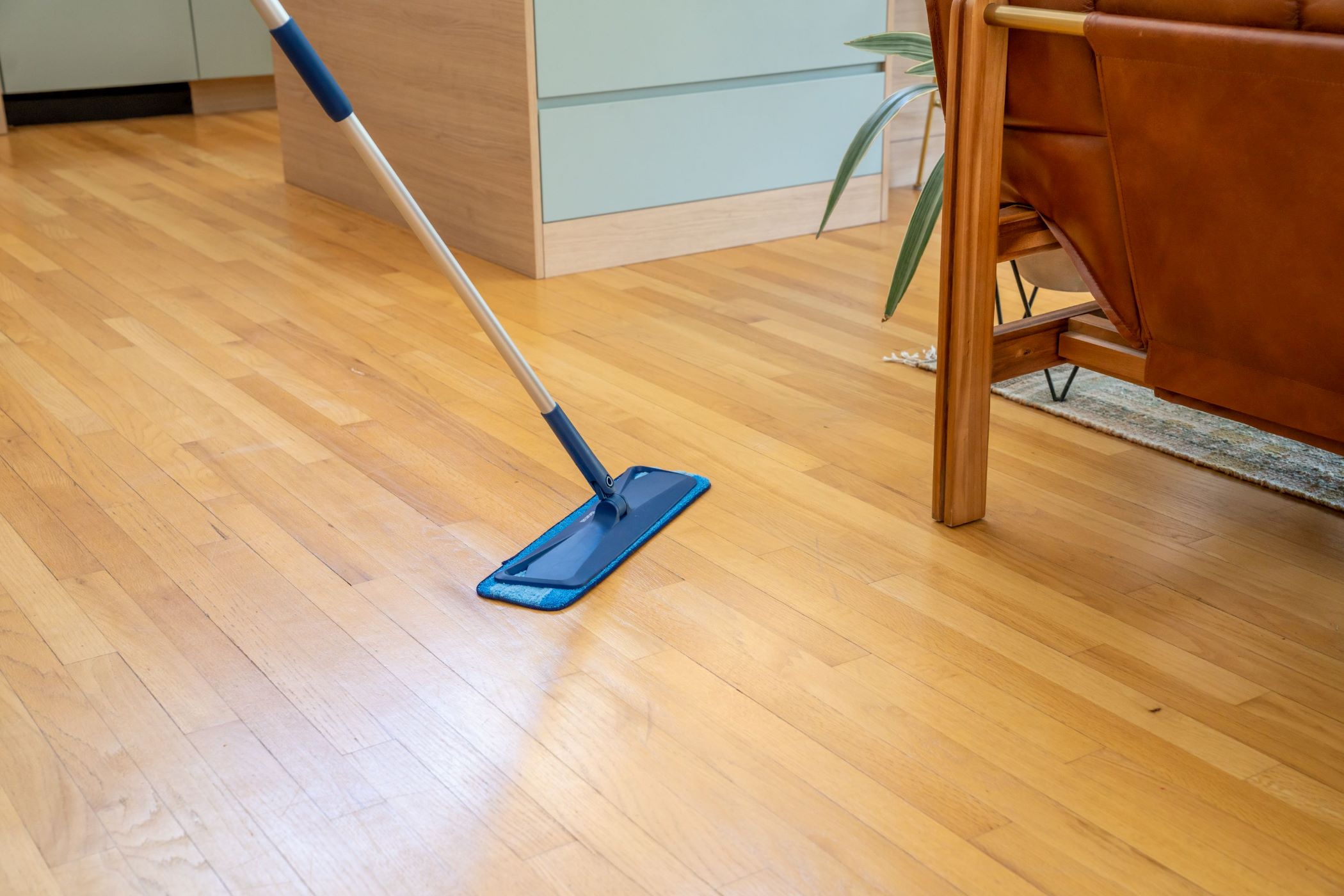
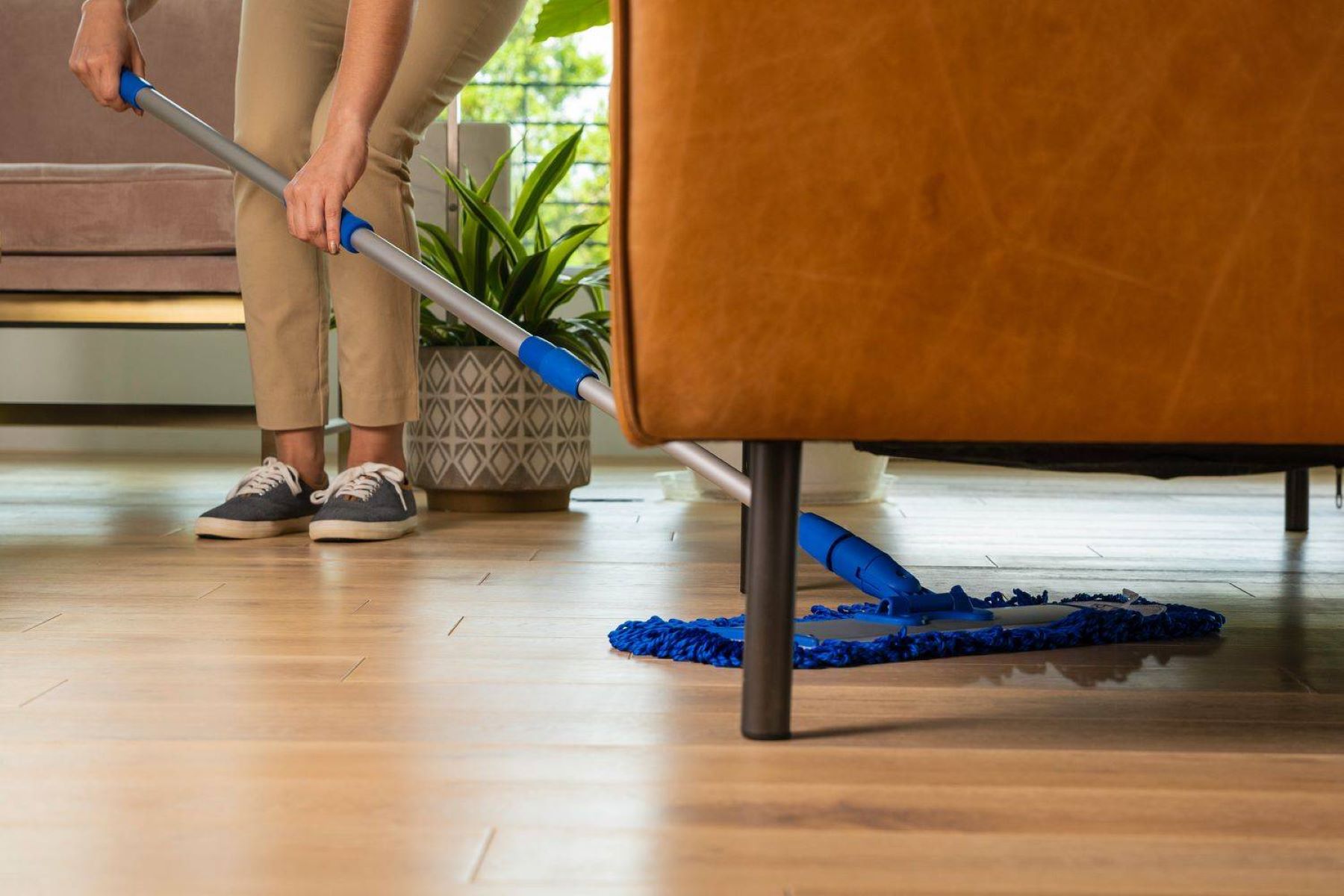
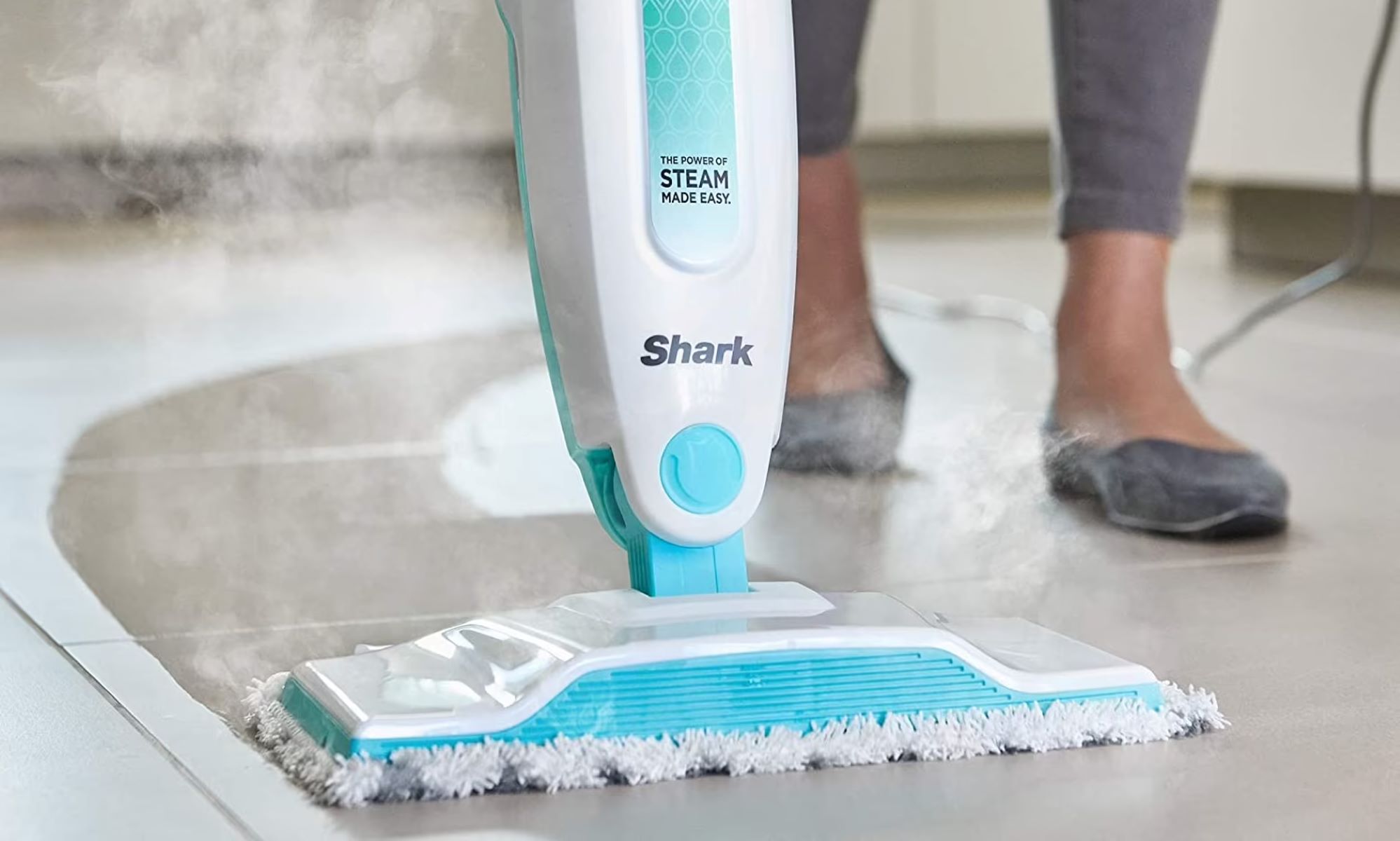
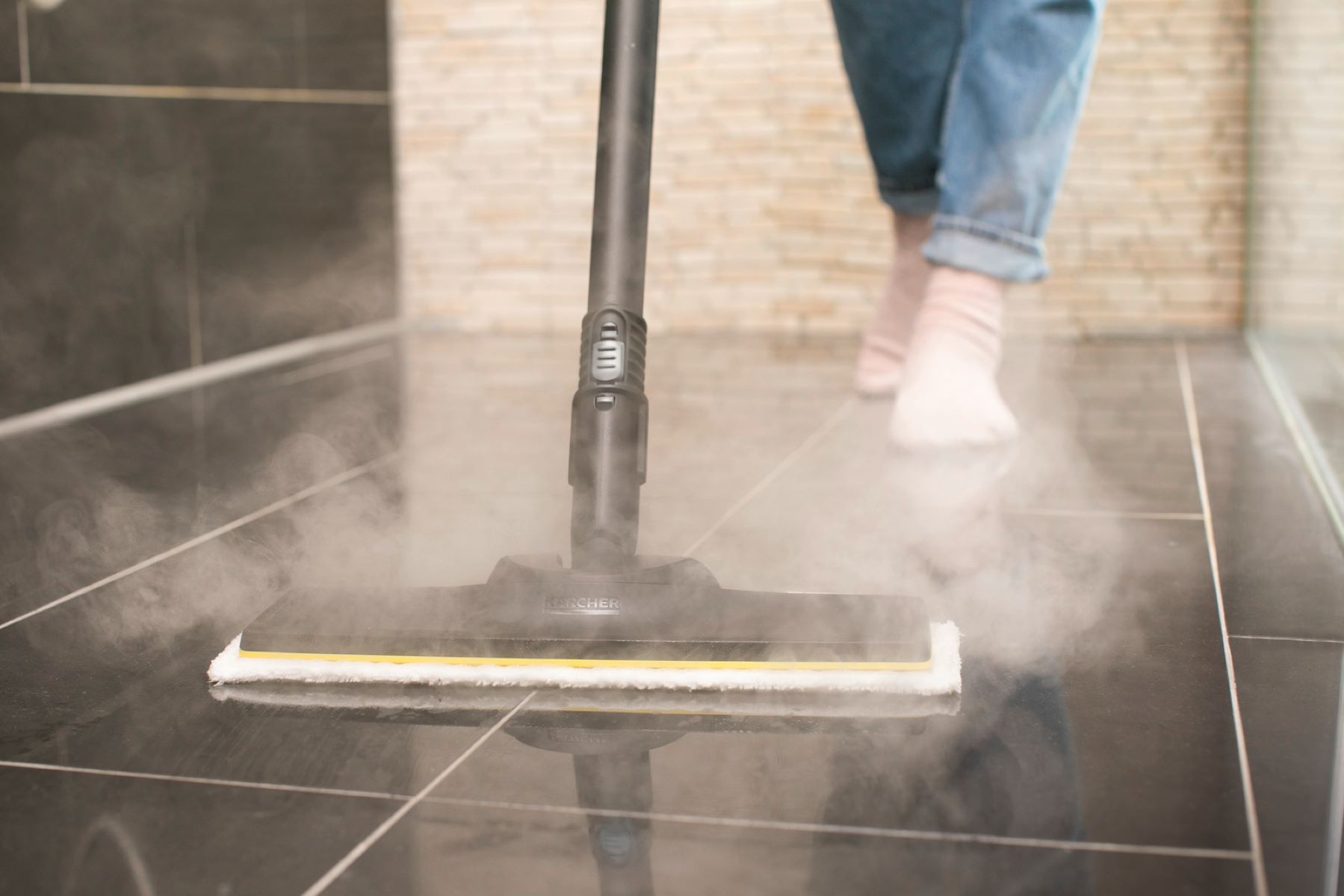
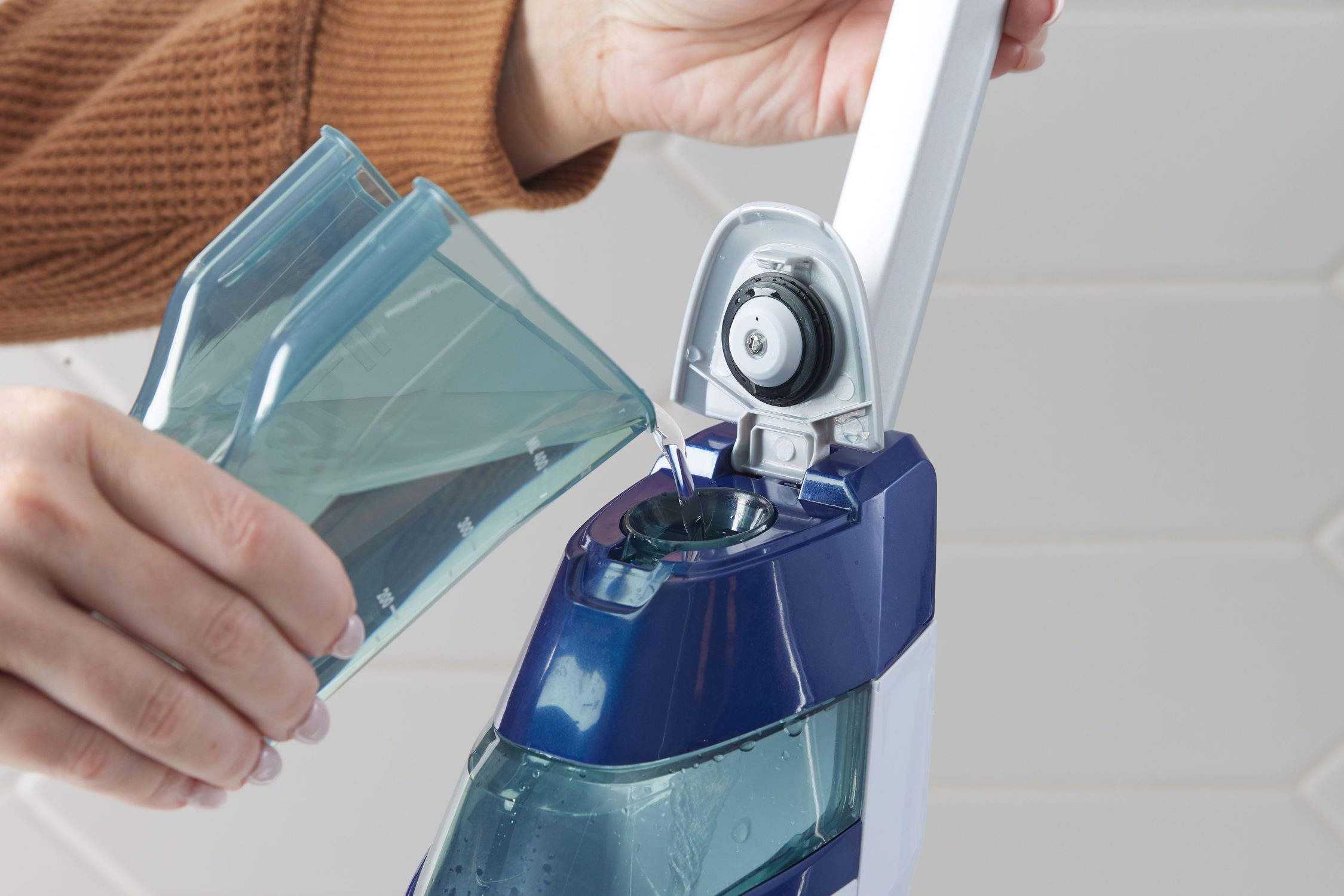
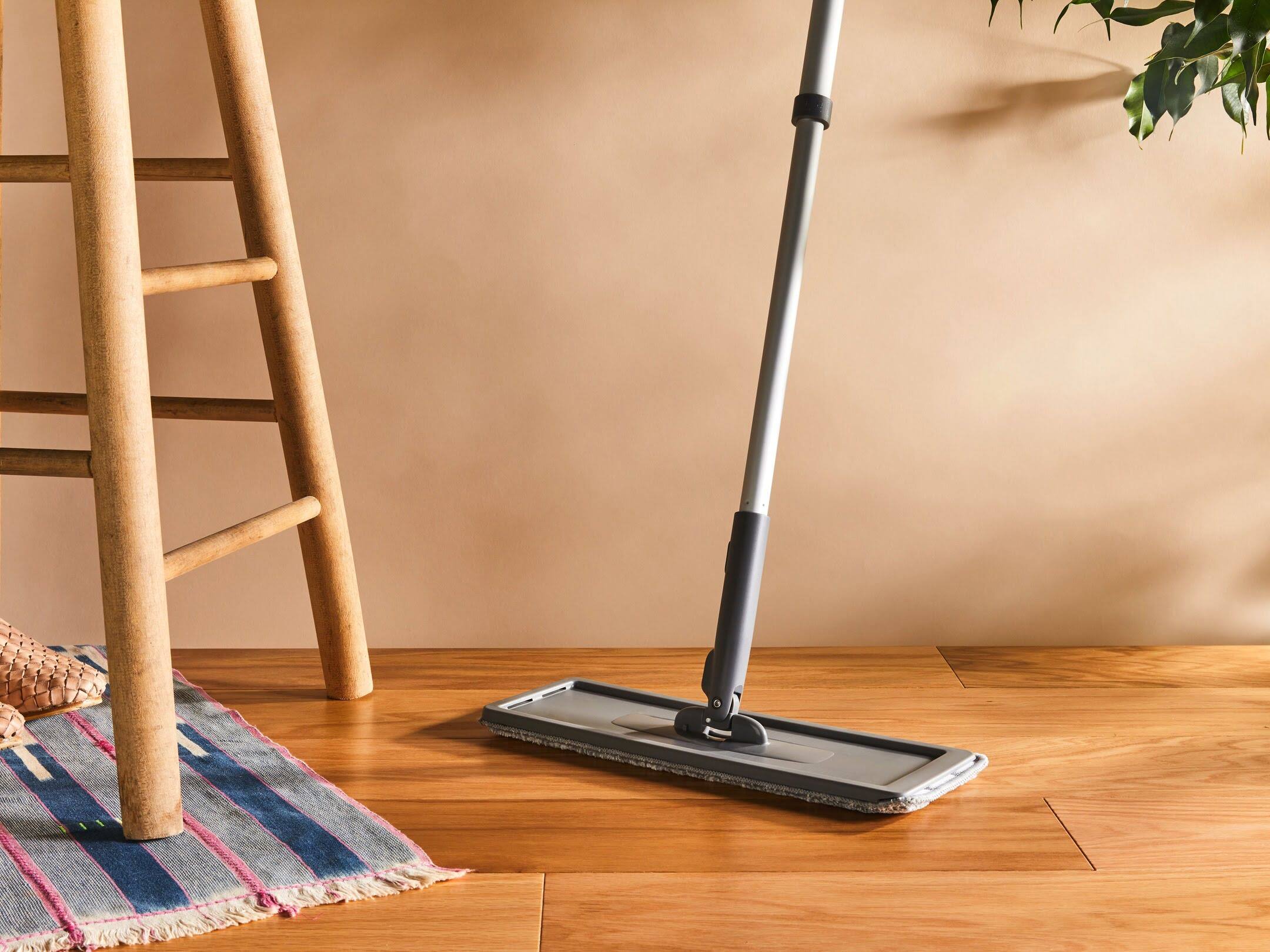
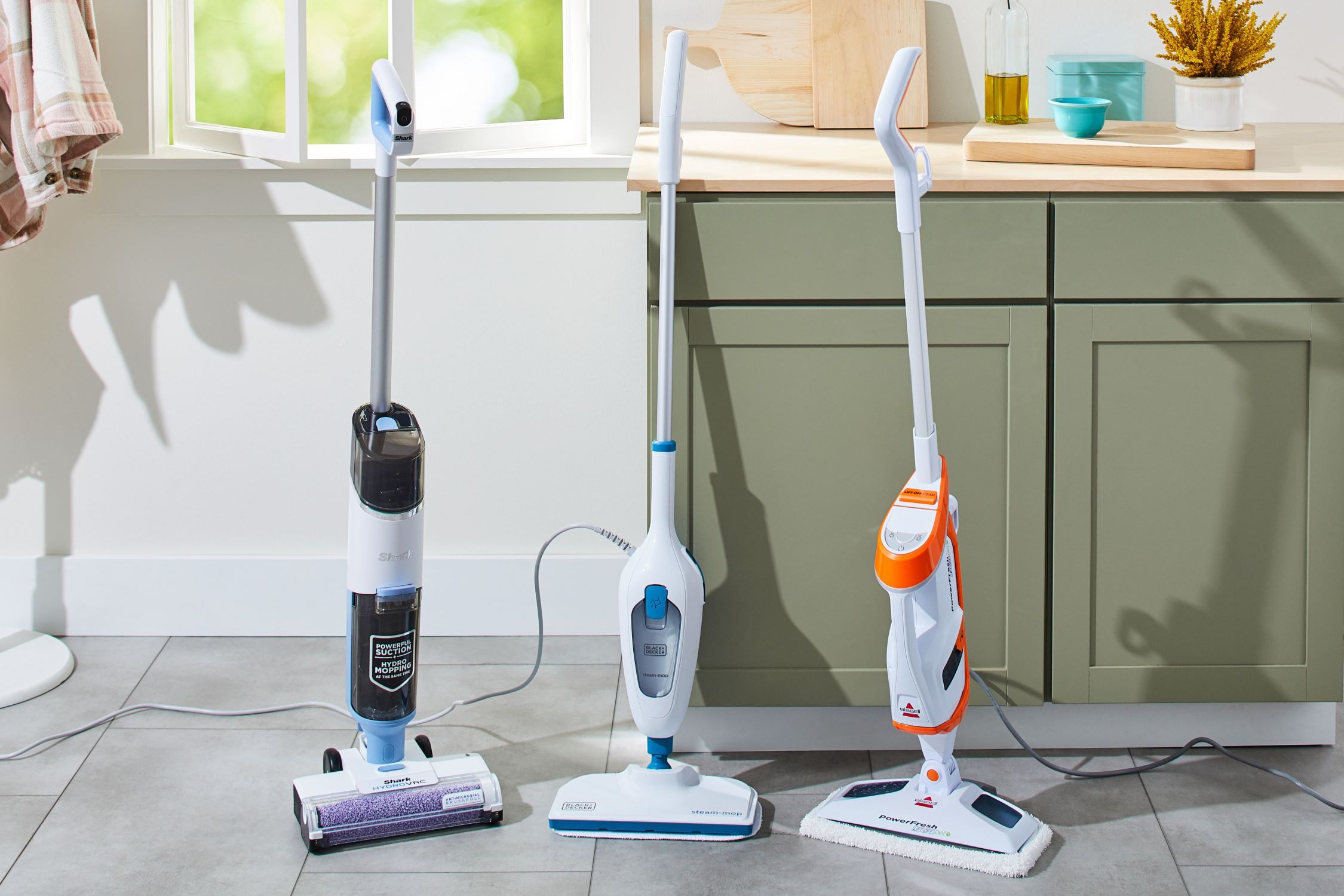
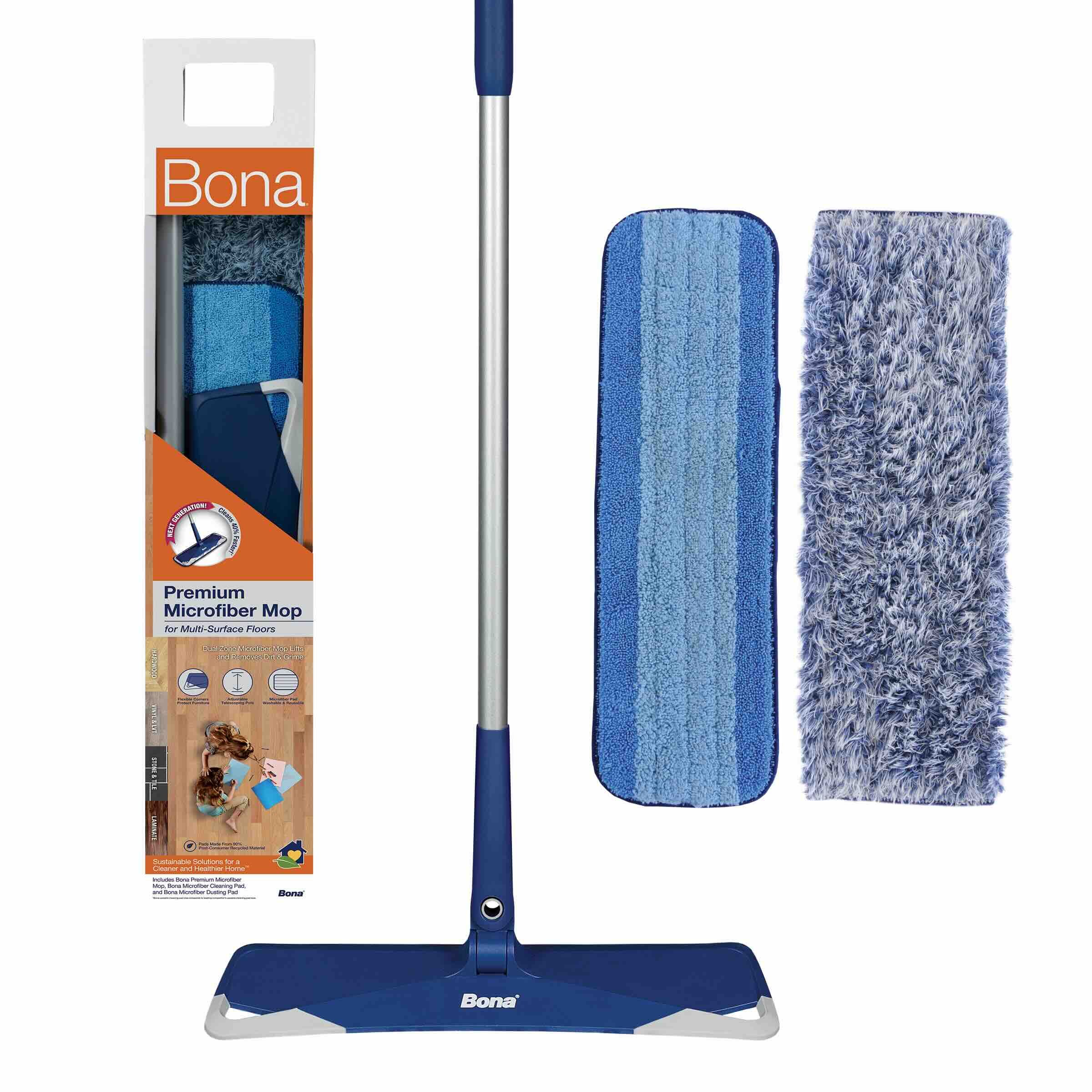
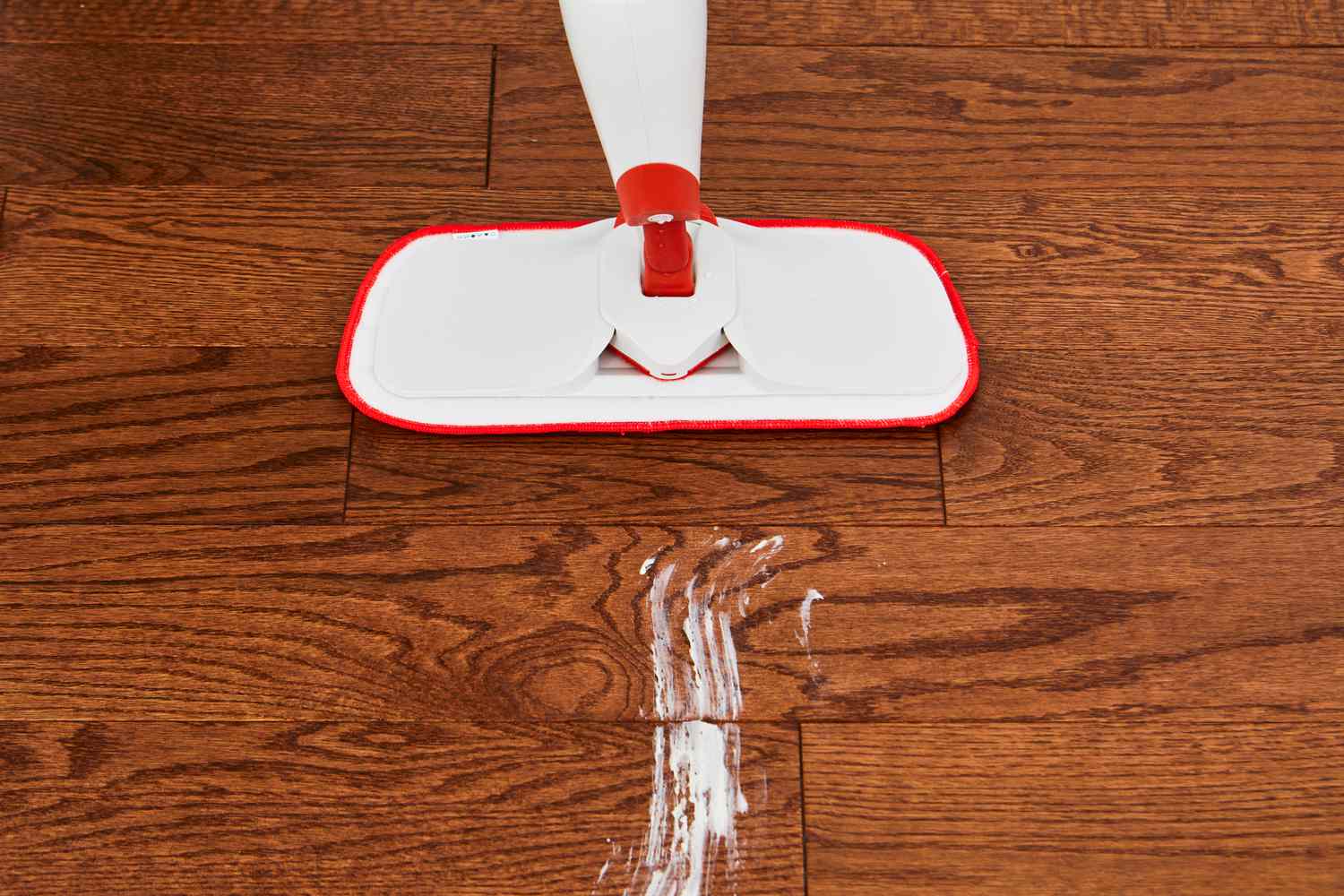
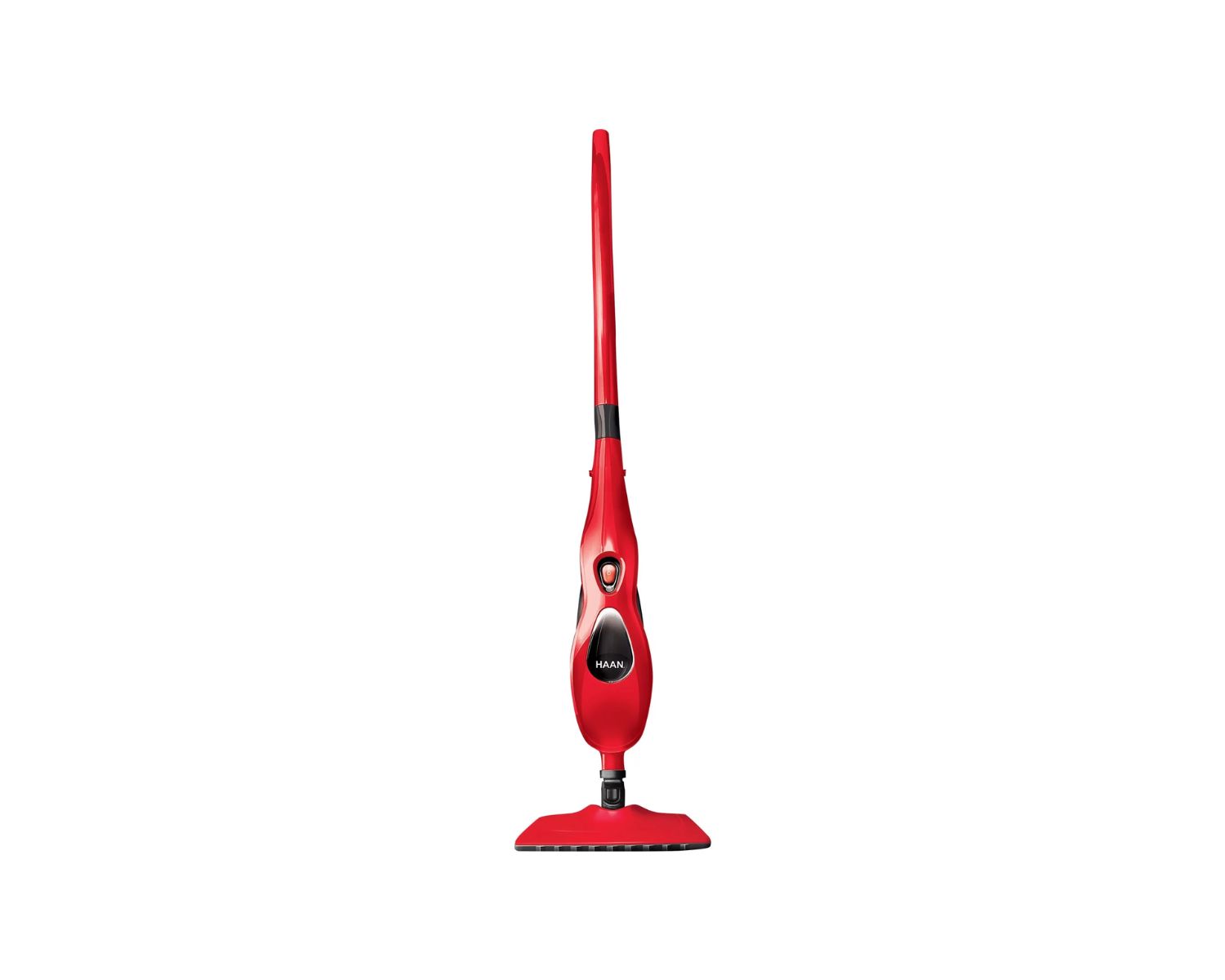

0 thoughts on “How To Use A Steam Mop On Hardwood Floor”